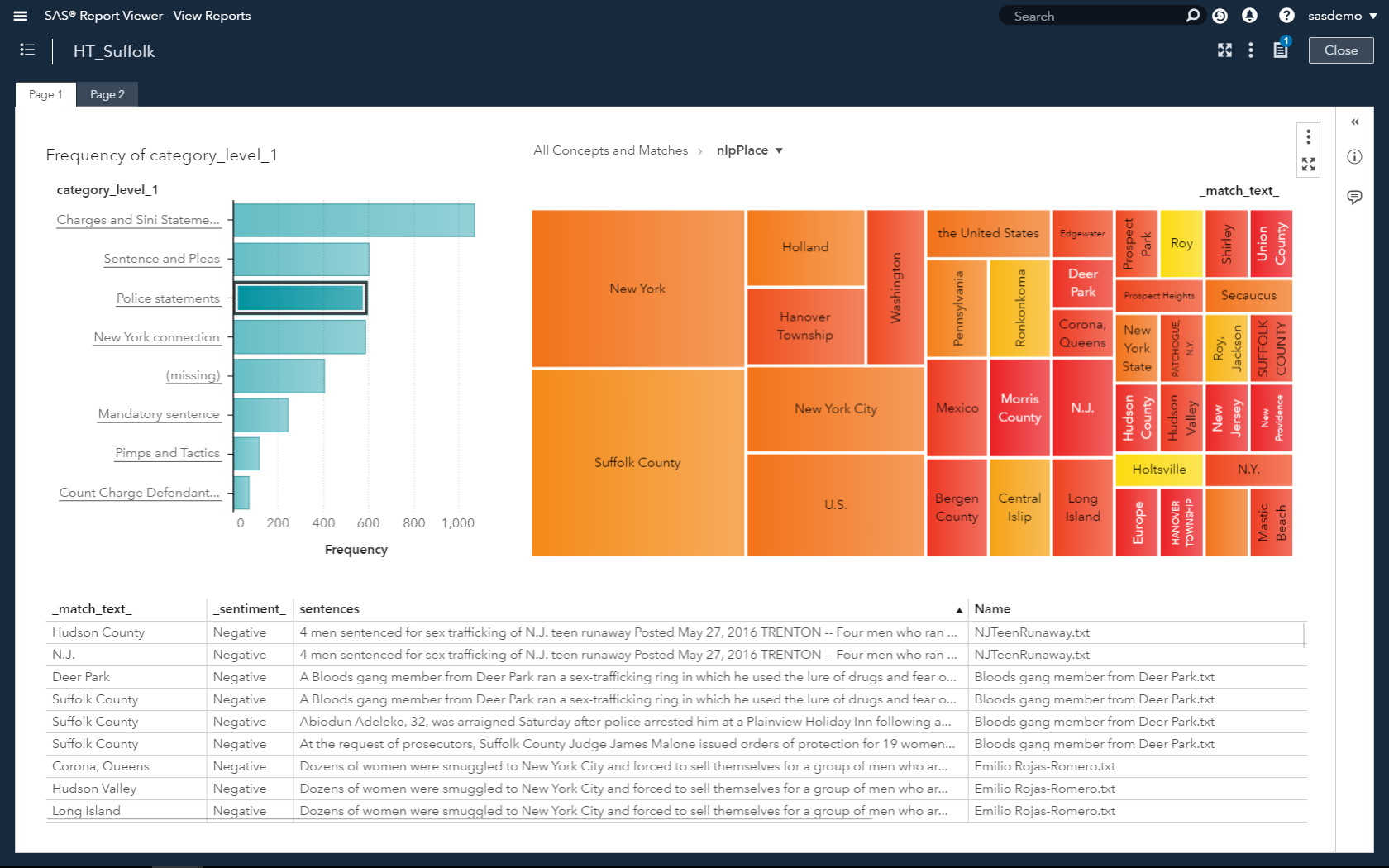Recently, the North Carolina Human Trafficking Commission hosted a regional symposium to help strengthen North Carolina’s multidisciplinary response to human trafficking. One of the speakers shared an anecdote from a busy young woman with kids.
She had returned home from work and was preparing for dinner; her young son wanted to play. To distract him for a bit, she picked up a nearby newspaper with an image of the globe, tore it into several pieces and said, “Here, it’s a puzzle! Put it back together.”
She got just a few moments reprieve before he returned with the paper globe, all correctly taped up. She was surprised, “How did you do that so fast?” He flipped it over, and showed a woman’s face on the reverse, which helped guide him to stitch the globe back together.
The message from this story was clear. “Heal the woman, heal the world.”
The symposium was an eye-opening and deeply moving event. It made me aware of how much sex and labor trafficking happens right around the corner from where we live. And it was inspiring how many people showed up -- people who are making a difference every day, like the counselors who supply support for human trafficking victims. These counselors run homes and shelters for young men and women with nowhere else to go and protect them from those who would lure them into a world of prostitution.
There were also law enforcement and judicial workers there who prosecute child sex traffickers and work to ensure rescued victims get the immediate support they need. And there were the survivors who, with help, have made their way out and are now dedicating their lives to the service of other survivors. They tell their stories with a mixture of pain, purpose and dignity.
I learned a lot at this conference about statewide trafficking issues, data, and indicators. Subsequently, I began working with data and analytics to help support state and local counter trafficking efforts. We wanted to simulate how we could assess trafficking related crimes, methods, locations, and perpetrators in computer aided dispatch (CAD) or police reports. We applied text analytics to news articles on sex trafficking related prosecutions so we could share results with the public.
How technology can help
Text analytics and visualization can help hone in on relevant patterns in the reports. The goal is to highlight patterns to assist prosecutions and help focus counter trafficking efforts and surveillance in the areas where it's most needed. For instance, in the example below, categorization can help classify statements from police. Additionally, entity extraction can pull and quantify location information for recent prosecutions. We visualized this through tree maps color-coded by sentiment. The example below shows possible connections to locations in New York and New Jersey for a jurisdiction in New York. It also covers connections internationally.

What's your take on this? Data from the numerous classified advertising sites which have cropped up since the days that Backpage.com was taken down could assist with these efforts as well. What other data? What other methods of analytics or visualization?
In addition to working at the state and local level to apply analytics to trafficking data, we at SAS continue our work in developing an artificial intelligence framework to counter human trafficking. This involves applying analytics and AI methods to international human trafficking related data to help extract patterns in trafficking between countries. It also helps in identifying vulnerable populations and human trafficking indicators in armed conflict events. And it provides an environment for using computer vision to verify potential sources of armed conflict and trafficking reports.
I'm grateful to be working with folks at Louisiana State University including Dr. James R. Van Scotter and Lauren Agrigento. They're researching factors associated to human trafficking recruitment and tracking the persistence and movement of phone numbers in escort ads.
Learn more about how SAS is using data for good and to learn more about text analytics, download this free white paper that explains what text analytics can do for your organization.
Thank you for reading this. I hope you'll continue to educate yourself and become more aware of human trafficking and sex trafficking in your area, state, and nation. It's an uncomfortable issue, which makes it easy for many of us to ignore -- and that only helps perpetrate the problem. You can choose to not look the other way, and can help raise awareness in others as well.

2 Comments
Tom, You're an inspiration!
Eric, I'm glad to contribute just a bit toward the intersection of analytics technology and counter human trafficking. I'm so impressed by how many people work in this space and the work they do every day 1:1 to help facilitate healing in the lives of those who have been trafficked - can we find ways to assist the healers and the survivors through analytics and AI?